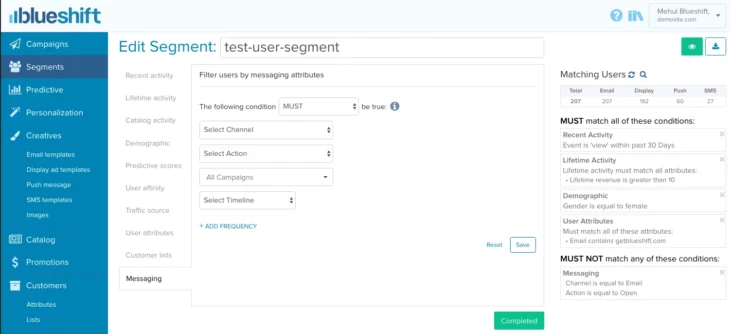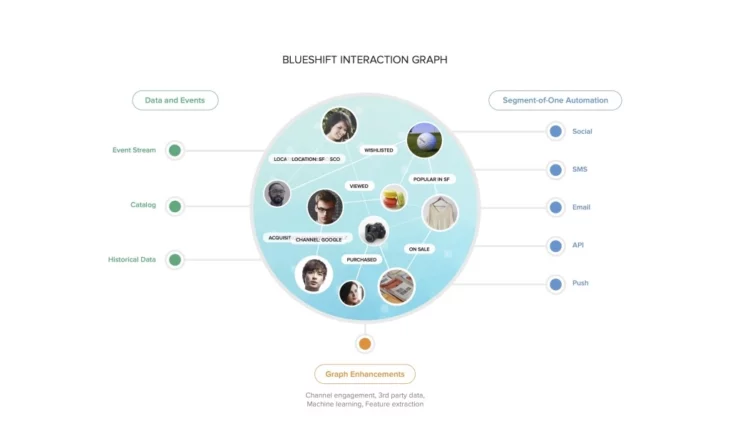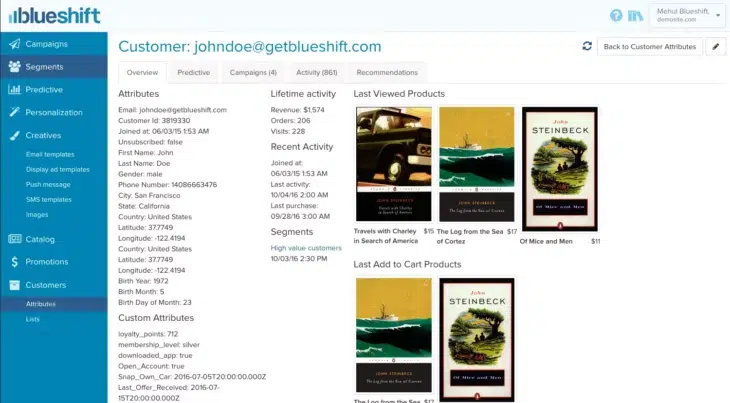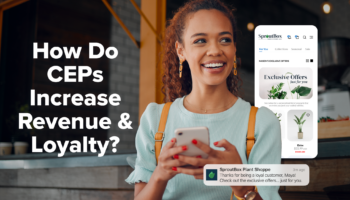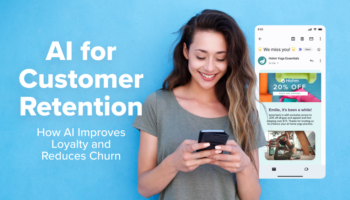(Here is a behind the scenes look at the segmentation engine that powers Programmatic CRM.)
Real-time segmentation matters: Customers expect messages based on their most recent activity. Customers do not want reminders for products they may have already purchased or messages based on transient past behaviors that are no longer relevant.
However, real-time segmentation is hard: it requires processing large amounts of behavioral data quickly. This requires a technology stack that can:
- Process event & user attributes immediately, as they occur on your website or mobile apps
- Track 360-degree customer profiles and deal with data fragmentation challenges
- Scale underlying data stores to process billions of customer actions and support high write and read throughput.
- Avoid time consuming steps of data modeling that require human curation and slows down on-boarding
Marketers use Blueshift to reach each customer as a segment-of-one, and deliver highly personalized messages across every marketing channel using Blueshift’s Customer Data Activation Platform capabilities. Unlike legacy systems, Segments in Blueshift are always fresh and updated in real-time, enabling marketers to respond to the perpetually connected customer in a timely manner. Marketers use the intuitive and easy to use segmentation builder to define their own custom segments by mixing and matching filters across numerous dimensions including: event behavioral data, demographic attributes, predictive scores, lifetime aggregates, catalog interactions, CRM attributes, channel engagement metrics among others.

